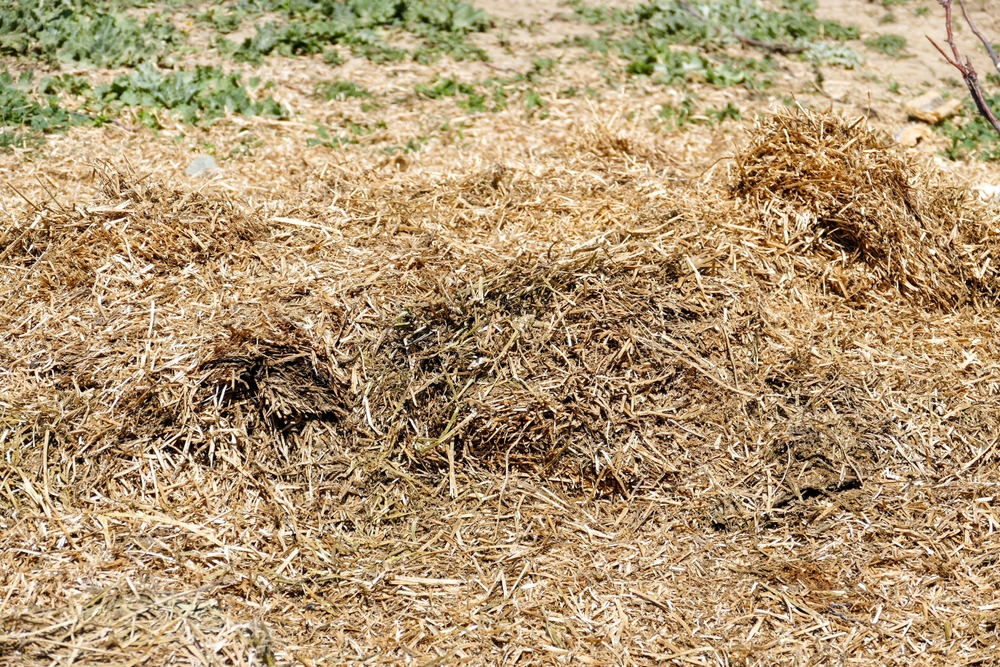

As farmers and ranchers, hay is one of the most essential elements we provide for our animals. It’s an essential source of nutrition that helps our livestock grow and maintain their health. However, the shelf life of hay can be a concern for many large customers, and that’s where David Woods Hay Service comes in. This blog will discuss how long hay can sit before it goes bad, factors that impact its shelf life, and tips to ensure you are providing your livestock with high-quality hay.
The Shelf Life of Hay
Hay’s shelf life depends on several factors, including the type of hay, storage conditions, and moisture levels. Generally speaking, high-quality hay can last up to two years if stored correctly. However, lower-quality hay can degrade much quicker, and even high-quality hay can lose some of its nutritional value over time.
Factors That Impact Hay Shelf Life
The Type of Hay
The type of hay you’re dealing with significantly affects shelf life. Alfalfa has a longer shelf life than grass hay because it is denser and contains more nutrients—furthermore, age matters. Newer hay will last longer than older hay, allowing you more time to use it. Certain processes, like cutting, drying, and baling, can also impact shelf life. Proper cutting and baling can help preserve hay’s freshness and quality for long periods.
Storage Conditions
Hay should be stored in a barn or an enclosed structure to protect it from moisture, sunlight, and other environmental factors. This can help prevent mold and other bacterial growth. It’s also crucial to store hay off the ground to avoid moisture accumulation, which can lead to mold and bacterial growth.
Moisture Levels
Hay’s moisture level should be between 12 and 20%. Moisture levels above 20% can lead to bacterial growth, while lower moisture levels can make hay prone to dust. If hay gets wet, bacteria and mold growth can occur, degrading hay’s nutritional value and making it harmful to your animals.
Tips to Ensure You Are Providing Your Livestock with High-Quality Hay
Test Our Hay
Testing your hay’s nutritional content is essential, ensuring your animals get the necessary nutrients. It would be best to have your hay tested by a professional to determine protein content and other nutritional values, providing a baseline to ensure you’re making data-driven decisions.
Proper Storage
As discussed above, proper storage conditions are essential and can be easily overlooked. Alongside keeping hay off the ground and in a well-ventilated structure, consider temperature control. Avoid fluctuating temperatures that may cause condensation.
Frequent Hay Observations
Regularly check stored hay for any mold or other signs of degradation. When checking, look for gray, blue, or black mold, which can be toxic to animals. Additionally, you should check for a musty smell, damp spots, and insects. Keeping the bales separated and adequately ventilated can help avoid mold and insect infestations.
Contact Our Alfalfa Hay Suppliers
Hay plays a crucial role in animal nutrition, but its shelf life can concern both large and small customers. While hay generally has a two-year shelf life, several factors will impact how long it remains nutritious and fresh. Factors such as storage conditions, hay type, moisture levels, and proper handling must be considered to ensure that your hay’s quality and nutritional value remain high. Our team at David Woods Hay Services provides the opportunity for year-round availability and storage support to keep deliverables consistent.
If you’re interested in learning more about quality hay storage and delivery, please feel free to contact us today. With close to 50 years of experience, we are dedicated to providing our customers with the highest quality hay and focused on ensuring that your operations remain profitable.
